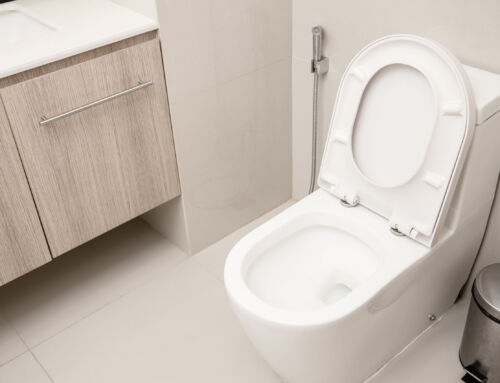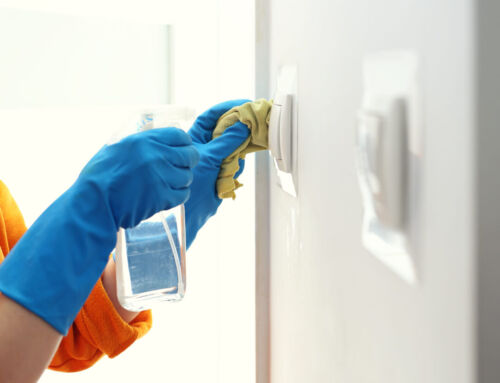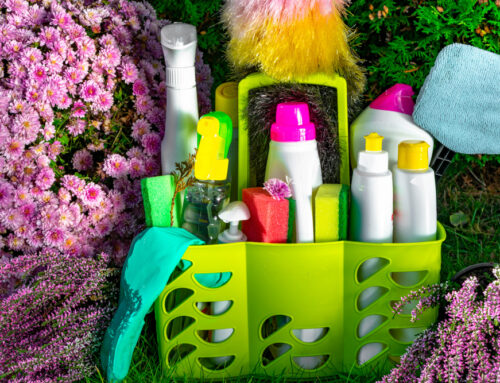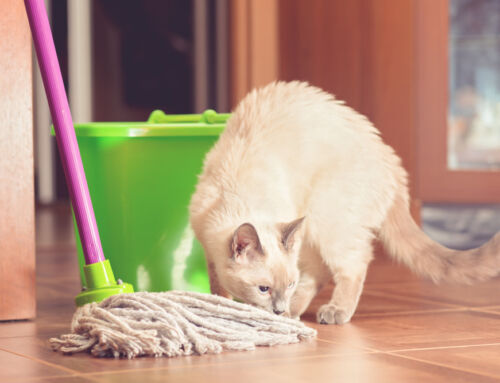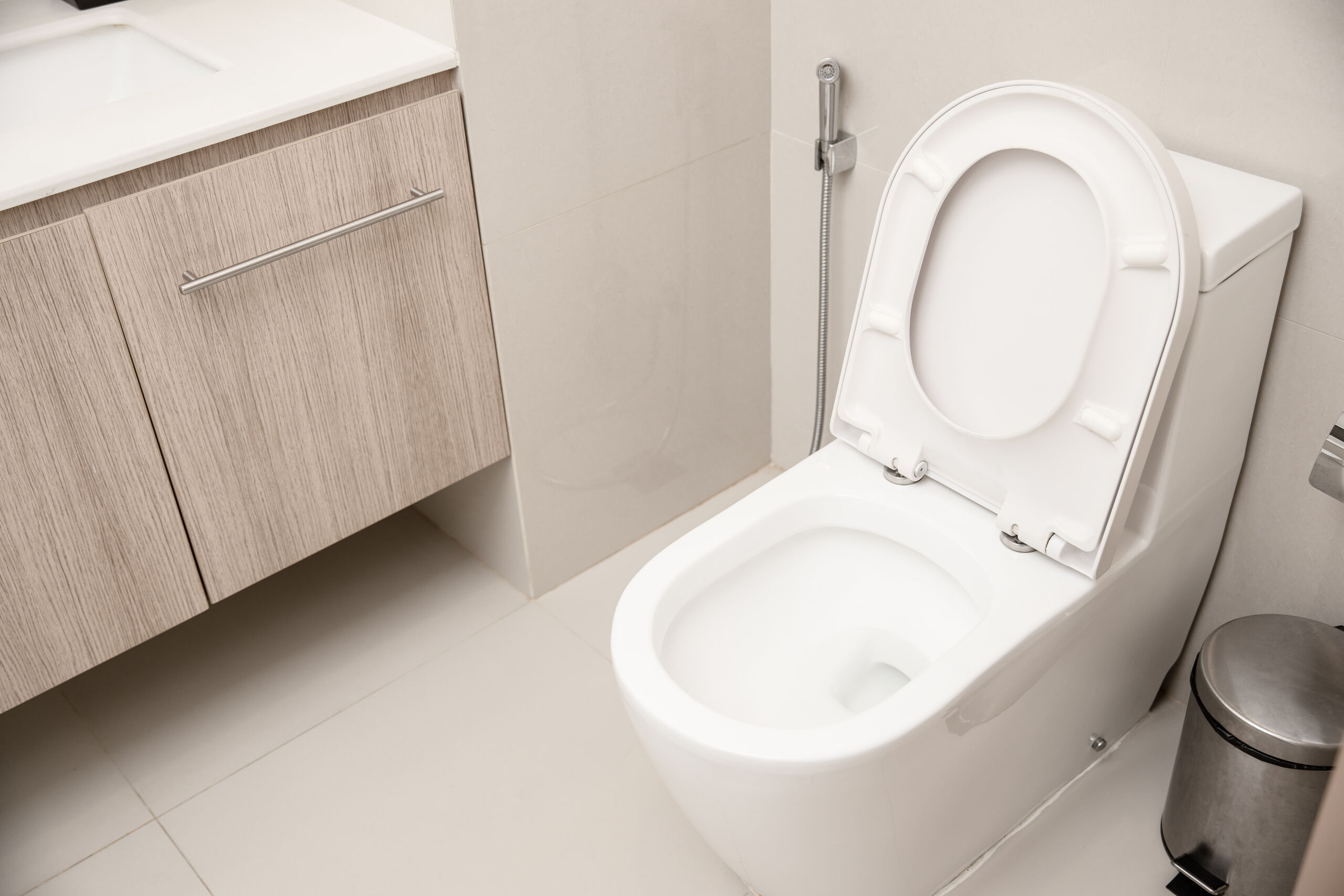
How to Clean Granite, Marble, and Other Stone Floors
How Do You Clean Natural Stone?
Always popular in commercial buildings, the use of stone has also grown in popularity in residential settings over the past quarter-century. More types of stone – marble, granite, slate, and travertine – are used for walls, floors, countertops, and furniture than ever before. Many homeowners wonder how to clean natural stone and grout without damaging them.
Different types of stone call for different types of care, which can get confusing. The care of stone depends on what type of stone it is.
If you understand the type of stone you have in your home and its natural properties, you will be better able to care for and maintain your stone surfaces so they look like new for a long time. One way to keep your stone looking good is to understand its geological classification and composition. By learning about your stone you will better understand what cleaning products and methods are safest and work best for your countertops, floors, fireplace surrounds, bathroom vanities, or any other areas where you have incorporated natural stone in your home.
Stone, or rock, is divided into three broad categories, depending on how it was formed:
Sedimentary rock is composed of many layers which became compressed together over eons. Some familiar examples include limestone, shale, coal, and sandstone.
Igneous rock is created when magma from volcanoes solidifies over time, creating granite basalt, pumice, and obsidian.
Metamorphic rock is a composite of “parent rocks” such as sedimentary, igneous, and older metamorphic rock. These three types of rocks are transformed by the heat and pressure of the shifting earth, plus chemical reactions with water over millions of years, into a new type of rock. Examples include anthracite coal (a hard, clean burning type of coal), slate (a dense, fine-grained rock that can be split along flat planes), and quartzite (a very hard rock without layers, composed of interlocking quartz crystals, and with a grainy, sandpaper-like surface). Another famous metamorphic rock is marble, which is formed from limestone.
Rocks from these three categories can be further broken down into calcareous or siliceous stones:
What is calcareous stone?
The main ingredient of calcareous stone is calcium carbonate, a chemical compound common in stone, snail shells, seashells, eggshells and pearls. It is very sensitive to acidic substances and requires different cleaning methods than siliceous stone. Examples include marble, travertine, limestone, and onyx.
What is siliceous stone?
Silica, the main ingredient in sand, is the primary component of granite, slate, quartz, soapstone, brownstone, and bluestone. Harder than calcareous stone and less porous, this stone tends to be very durable and easy to clean, and is usually resistant to most acids commonly used in kitchens and bathrooms. They may, however, contain trace levels of minerals that are acid sensitive.
It is important to understand that calcareous and siliceous stone can be damaged by both very strong acids and very strong alkaline (basic) chemicals. The pH scale is used to determine how acidic or alkaline different water-based solutions are. The scale goes from 0 to 14. The middle is 7 and considered to be neutral. Anything below 7 is acidic. Anything above 7 is considered to be alkaline. As you move up or down in the scale from 7, the strength of the acid or alkaline increases by a factor of 10, so products on the extreme acid or alkaline ends of the scale can harm not only stone surfaces but also human tissue. Why use alkaline or acidic products at all? The pH of a product is significant because it can make cleaning easier. Alkaline solutions are useful at cutting through dirt, grease, proteins, oils, and other organic soil. Acids are better for removing rust and calcium and other mineral deposits left on surfaces from hard water. Knowing the pH of your cleaning solution can come in very handy.
Here are the pH levels of common household cleaning supplies:
- Oven cleaner: pH 11-13
- Chlorine bleach: pH 11-13
- Tub and tile cleaner: pH 11-13
- Ammonia: pH 11-12
- Borax: pH 10
- Baking soda: pH 8-9
- Stone cleaner: pH 7-10 (best to stick with products in the 7 to 9 range)
- Mild dish soap: pH 7-8 (neutral cleaner)
- Vinegar: pH 3
- Lemon juice: pH 3
- Toilet bowl cleaner: pH 1-3
Be sure to know the pH level of the cleaning chemical you are using on and around natural stone to avoid damaging it.
If you do not know what your stone is, the Marble Institute of America states you can test it yourself by performing an acid sensitivity test. It’s best done with samples of your stone. If you don’t have samples, you’ll want to perform this test in an inconspicuous area of your existing stone surface. Something to keep in mind – if you moved into a home with existing stone, the test may not be effective on surfaces that have been previously sealed or polished. Thus, it is best to consult a stone expert before trying this test.
Performing the acid sensitivity test is surprisingly easy. You’ll need about four ounces of a 10% solution of vinegar and an eyedropper. Locate an inconspicuous spot and apply a few drops to the stone surface in an area about the size of a quarter. If no reaction occurs, the stone is considered siliceous. If the stone starts to bubble or fizz, the stone is calcareous. Don’t let this reaction occur for too long – once you see the fizzing start, rinse the stone with clean water and wipe the area dry.
What are the types of natural stone?
There are many different types of natural stone, and they fall into one of four basic groups:
Granite
Granite is not very porous and is extremely hard and durable, thus it is not as likely to stain, scratch, and crack than other stones. Most people like it polished to a high shine or honed to a satiny finish, but it can also be beautiful left to a rough texture. People often ask: ”Does heat damage granite?” or “Can vinegar ruin granite?” Luckily, granite will hold up well against all but the strongest of chemicals (both alkaline and acidic). On Mohs hardness scale, which measures the hardness of rocks and minerals (0 equals soft and 10 means as hard as a diamond), granite is a seven.
Marble
The term “marble” refers not only to true marble (metamorphosed limestone) but also decorative limestone, dolomite, and travertine. Just because it is smooth and shiny doesn’t mean it’s impervious. On Mohs Hardness Scale where a diamond is a ten and fingernails are a 2.5, marble is a three! It is not a good choice for areas exposed to heavy foot traffic or acids (fruit juice, soft drinks, vinegar, and urine). Since it is a porous stone, it also tends to stain easily. This means that you’ll need to know how to remove water and other stains from marble. Penetrating sealers are usually recommended for these types of stones.
Sandstone
This is a very soft stone, so it is often used for walls or as a flagstone. You may get water or other stains on sandstone.
Slate
Because of its tendency to split into flat, uniform sheets, slate is used primarily for flooring and roof tiles. The color of slate ranges from light to deep gray, it is of medium hardness (5.5) and is generally resistant to most chemicals if you stay out of the far ranges of the pH scale.
Marble and granite account for over 90 percent of all-natural stone used in a building. If at any time you are unsure of the composition of the stone you are cleaning, you can minimize the risk by treating the surface as if it was the more delicate of the possibilities.

How do you care for natural stone?
Avoid anything that scratches or stains your stone surfaces. Wipe up spills immediately and avoid cutting anything directly on your stone countertops or vanities. Place felt pads on the bottom or feet of appliances or furniture that rest directly on your stone counters or floors.
To avoid chemical etching of your stone surfaces, be aware of the pH of the chemicals and cleaning products you use on or near them. Use products specifically designed for use on stone surfaces. On labels, look for wording that specifically states the product is safe for use on natural stone, or look up the pH of the product you intend to use.
For floors, put down entry mats or rugs to catch damaging grit and greasy soils before they reach your floors. Three meters of matting (about 10 feet) is recommended. Dust mop or vacuum stone floors frequently, since like most floors grit is the biggest enemy of hard surfaces. Wipe up spills quickly. Use pH neutral, specially designed natural stone floor cleaning products to mop stone floors and dry the surface quickly.
Can professional cleaners take care of my stone flooring?
Here at Castle Keepers House Cleaning, we have designed cleaning methods, chosen special cleaning products and equipment, and trained our cleaning professionals on how to clean and maintain not only your natural stone floors and surfaces, but also all of the many different surfaces in your home.
Our system keeps our clients’ homes fresh and tidy. We offer a number of packages, so you’ll certainly find one that meets your expectations in full.
For example, our trained staff can ensure your leather furniture lasts and work hard to make your oven dirt-free. You can also count on us to carry out reliable hardwood floor cleaning and disinfect your home with suitable products.
Call us today to receive your price calculation. Unwind while we do the work!
[caldera_form_modal id=”CF5c1a57687975a” type=”button” width=”600″]Click for free estimate[/caldera_form_modal]
Share this article
A quick overview of the topics covered in this article.

